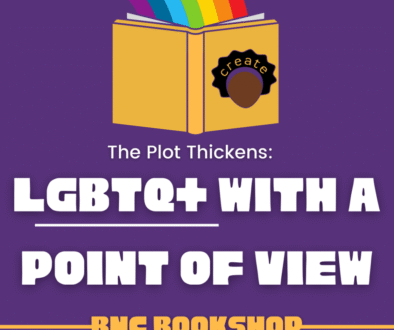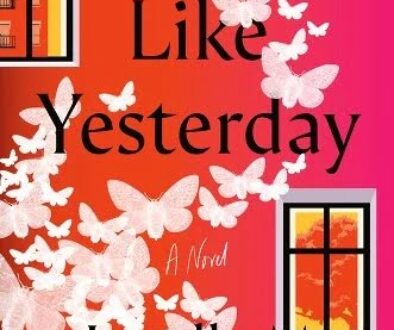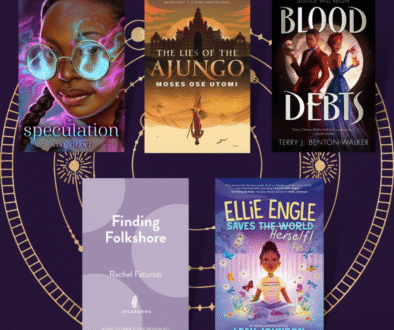The Plot Thickens: Dating Dr. Dil
Having an eye on book announcements is par for the course when you’re a bookish being, so when the TL dangled the premise of a Desi romance retelling of Taming of the Shrew, I was primed for 10 Things I Hate About You, but adult POC. Given that that movie is an early ‘00s classic and a favorite of mine for many reasons, this was quite the expectation being drawn for an author, Nisha Sharma, whose works I’ve never read before. I’m here to say that you needn’t worry—Dating Dr. Dil takes on Shakespeare’s tale so impressively it may just be the best version of the story you’ll find.
Let’s set the scene. In fair Edison, New Jersey we find our protagonist, Kareena Mann. She’s recently turned 30 and with her younger sister’s looming wedding—accompanied by the shame her father and grandmother heap on her for not being in a long-term relationship before her sister marries. When she realizes she has finally met all the career goals she put love aside for a long time ago, Kareena feels ready to dip a toe in the dating pond. Yet, it is only after her father abruptly shares that he will be selling the house she and her sister were raised in—the house she and her mother put a lot of love care into, the house where the family still lives—when he retires after her sister’s engagement party, that Kareena realizes she must put her dating plans into overdrive. You see, her father is willing to help her buy the house from him—after she becomes engaged. To make matters worse she receives all of this news on the birthday her family forgot about. While trying to drink away her miseries and possibly the worst birthday ever, she runs into a gorgeous man who makes her heart flutter the longer they talk. After an unfortunate quickie gone awry, Kareena is hungover and humiliated when she follows her promise to accompany her sister to the local cable studio the next day. Surprise surprise, the man who left her in a lurch is the host of the show her sister is appearing on. Kareena does not allow her shock to keep her silent, so when he spouts advice about love being an illusion, she is quick to confront him about the previous night. Their confrontation goes viral and limits the options both of them desperately need. She needs a dependable date to form a love match with her four months. He needs the financial support that dropped him after the NJ South Asian community responds negatively to the video. What happens next is a courtship that has both characters questioning their needs and motivations in romance and life itself.
I have never felt as grounded in a romance as I have with the characters in Dating Dr. Dil. Everything in this book directly reflects how I or people I know cope with grief, frustration, familial obligation, shame, anger, and so much more. With Kareena carrying her mother’s memory with her in much of what she does and Dr. Prem’s goal of opening a health clinic for his community being directly tied to how they grieve loved ones, so much of the characters’ behavior is recognizable. Kareena clearly holds a lot of guilt as the older sister in the expectations that her family has for her and it shows when she reacts to their judgment. It was validating to see her and Prem dig into these dynamics together and with their close friends. Kareena’s relationship with her sister in particular felt like the most realistic sibling relationship I’ve seen portrayed in a long time. Who else but a sibling can inspire irritation, amusement, and assistance at the most incongruent of times? In fact, much of Sharma’s success in crafting this must-read is the way she balances key components of relationship dynamics with the delightful tropes that entice romance readers.
The central conflict between the main couple cannot be easily remedied. They each have conflicting philosophies about what they need to be fulfilled in a long-term relationship and wrestle with whether these opposing views are worth compromising to be with someone who fits the rest of their needs. Though it takes them until the third act to discuss the reasoning behind their mindsets, the readers get sweet and steamy scenes that showcase their compatibility throughout the story. (Ahem, those on the look for spice need look no further than pg. 261. Those who avoid BIG SPICE may want to skip that page.)
Another well-developed story trope in the book is the use of texts and blog posts to propel the story forward. From text exchanges between Kareena and Prem to those between Prem and his mother, the text messages in this story do a fabulous job of displaying how the characters work with one another. Not to mention Kareena’s four-deep aunty chat that keeps her on her toes as much as they help her with her goals. Their insights usually align with the advice spouted by a gossip blogger whose advice mysteriously fits the very situations the main characters are going through more often than not. While any of these elements could easily seem outdated or throw readers out of the story, instead, the story seems to receive a boost from these integrations.
Dating Dr. Dil is a book that I’ll cherish not only for the emotional validation that it provides but also for the lessons in storycraft I gained in reading it. Tertiary characters have clear motivations and actions that affect the way Kareena and Prem move, which helps them support each other where and when they need it. Most importantly, you can feel the love and care but also the personal flaws that make each character human in ways you don’t always get in stories. If any of the words I’ve shared in this long reflection on the novel appeals to you, I think you’ll be as highly satisfied with Dating Dr. Dil as I am. I know this is a book I’ll return to and that Nisha Sharma is an author I will follow onto the next offering.



